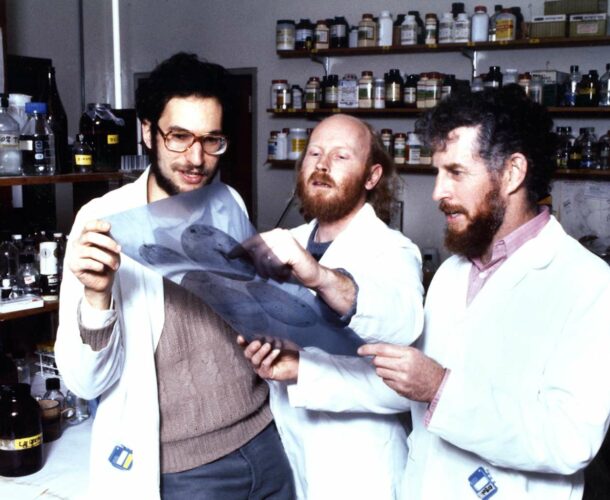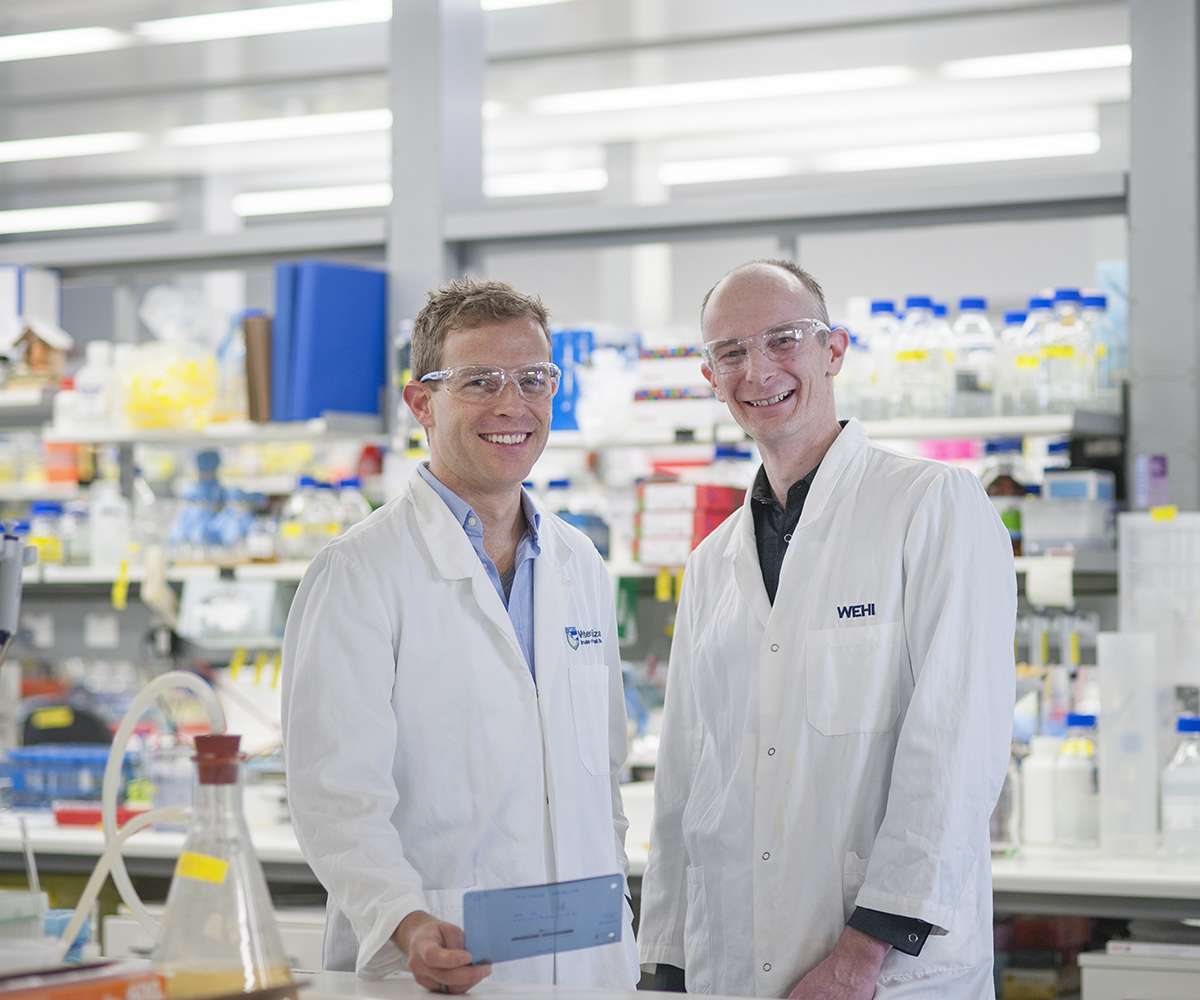Professor David Kemp and Dr Robin Anders, in close collaboration with colleagues at the Papua New Guinea Institute of Medical Research, become the first in the world to successfully use newly developed DNA cloning technology to recreate vast numbers of malaria parasite proteins.
This raises the possibility of a malaria vaccine as the ability to produce large amounts of parasite protein is a prerequisite for the development of a molecular vaccine against the human malaria parasite, Plasmodium falciparum.
Borrowing bacteria
The technique involves introducing parasite genes into the DNA of the bacteria E. coli, which then reads these genes and produces large amounts of the intended parasite proteins.
Cloning parasite proteins becomes the catalyst for a vast array of malaria studies conducted at the institute beyond 1983, enabling scientists to locate antigens expressed by the parasite (the molecular signatures detected by the immune system) as potential targets for a vaccine.







